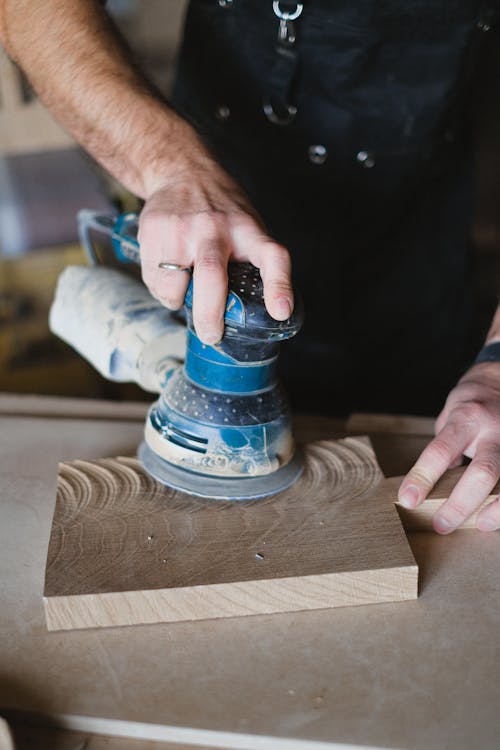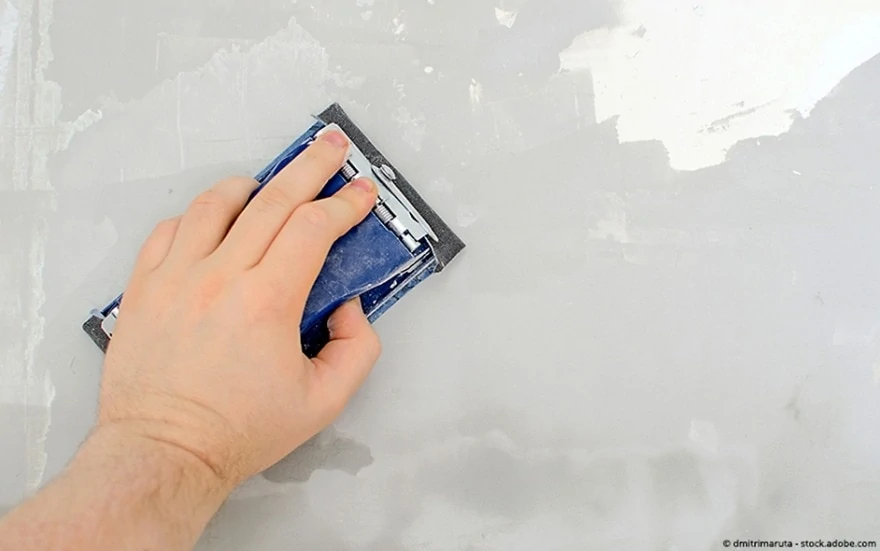
Image Source: Pexels
Crafting and DIY enthusiasts are no strangers to the allure of epoxy resin, a versatile material used extensively in various industries. Its glass-like finish makes it a popular choice for various decorative and functional applications. However, working with epoxy resin can be a bit tricky, especially when it comes to achieving a crystal-clear, high-gloss finish. One crucial step towards this goal is understanding how to polish epoxy resin after sanding. This process can transform a cloudy, sanded epoxy surface into a glossy, mirror-like finish.
In this comprehensive guide, we delve into the ins and outs of polishing epoxy resin after sanding, providing step-by-step instructions, expert advice, and recommended products to help you achieve a professional-grade shine on your epoxy projects.
What Is Epoxy Resin Polishing?
Before we delve into the specifics, let’s understand what epoxy resin polishing entails. Similar to polishing other materials like metals or wood, the aim here is to achieve a clear, high-gloss finish on the epoxy resin surface. The primary reasons for polishing include removing surface imperfections, enhancing the clarity and glossiness of the finished product, and maintaining the aesthetic appeal of the resin piece over time.
Polishing epoxy resin also serves as a corrective measure for any mistakes made during the crafting process. Proper polishing can help blend in any uneven areas left after sanding, making them appear as part of the original design.

What Epoxy Resin Pieces Can Be Polished?
Epoxy resin finds wide-ranging applications, from art and jewelry to furniture and flooring. However, not all resin projects require a high-gloss polish. Here are some examples of epoxy resin pieces that can benefit from polishing:
- Resin art pieces
- Epoxy resin jewelry
- Resin-coated furniture, countertops, and floors
- Resin and wood hybrid crafts
- Resin coasters
- Protective epoxy resin coatings
Preparing the Surface: Sanding Epoxy Resin
Before you can start polishing your epoxy resin piece, it’s essential to prepare the surface through a process known as sanding. Sanding helps level the surface, remove any dust or debris, and ensure that the polishing compound adheres effectively.
Start by choosing the appropriate sandpaper grit. For epoxy resin, a grit range between 120 and 1000 is recommended. Begin the sanding process using a lower grit number (coarser) and gradually move to a higher grit number (finer). Sanding should be done in circular movements, ensuring an even, smooth surface.

Wet Sanding: A Special Technique for Epoxy Resin
Wet sanding is a technique that involves using water along with the sandpaper. This process reduces dust production and helps achieve a smoother finish. Wet sanding is often used for larger resin surfaces. It involves using progressively finer grits of sandpaper, starting with a grit of around 400, then moving to 600, 800, and finally, 1000.
Remember to wipe off the milky residue produced during wet sanding between each sanding operation. Once the sanding process is complete, ensure all residue is removed, and the surface is completely dry before proceeding to the next step.
Polishing Epoxy Resin: The Process
Once the epoxy resin surface is thoroughly sanded and cleaned, it’s time to start the polishing process. You can either polish by hand or use a tool like a Dremel or a drill with polishing attachments. Both methods can yield excellent results, although using a tool might speed up the process and reduce manual labor.

Polishing Resin with a Dremel or Drill
Using a Dremel or a drill with a polishing attachment can significantly speed up the polishing process. It’s especially useful for larger epoxy resin pieces or when you have multiple pieces to polish.
- Attach the polishing attachment to your Dremel or drill.
- Spread some polishing compound on the epoxy resin surface.
- Start the tool and polish the surface with even movements until you achieve the desired glossiness.
Remember not to keep the polishing tool stationary in one place for too long, as it might create an uneven shine. Once the polishing is complete, wipe off any residual compound with a clean, dry cloth.
Manual Polishing: Getting Hands-On
Manually polishing epoxy resin can give you better control over the process and more tactile feedback. Although it requires more effort, it can be particularly useful for smaller pieces or intricate designs.
- Apply the polishing compound to a clean, dry cloth.
- Rub the cloth in slow, circular movements over the epoxy resin surface.
- Continue polishing until you achieve the desired glossiness.
Remember to frequently check your progress and remove any residual polishing compound with a clean cloth.
Selecting the Right Polishing Compound for Epoxy Resin
The choice of polishing compound plays a crucial role in achieving a high-gloss finish on epoxy resin. While there are numerous products available in the market, not all of them are suitable for epoxy resin. A good epoxy resin polishing compound should provide a high gloss finish, produce minimal residue, and be easy to work with.
One such product that checks all these boxes is theINCREDIBLE SOLUTIONS Premium Polishing Compound & Cleaner Kit. This kit is specifically designed for epoxy resin and is easy to use. It provides an excellent sheen finish and comes with a cleaner to remove any residual compound.

INCREDIBLE SOLUTIONS Premium Polishing Compound & Cleaner Kit
- Ideal for making epoxy crafts shine
- 3 in 1 advanced formula removes scratches, scuffs, and enhances gloss
- Suitable for all epoxy finishes
Conclusion: Perfecting the Art of Polishing Epoxy Resin
Polishing epoxy resin after sanding can truly elevate the look of your resin projects, transforming them from matte and cloudy to shiny and crystal clear. While it may seem like a daunting task initially, with the right tools, techniques, and a bit of patience, you can achieve professional-grade results. Remember, preparation is key, so do not skip the sanding process before moving onto polishing.
We hope this guide serves as a valuable resource for your epoxy resin polishing journey. Happy crafting!
Frequently Asked Questions
Can epoxy resin be polished?
Yes, epoxy resin can be polished to achieve a high-gloss, glass-like finish. The process involves sanding the resin surface followed by the application of a suitable polishing compound.
What should I use to polish resin after sanding?
You can use a variety of tools to polish resin after sanding, including a manual cloth, a Dremel, or a drill with a polishing attachment. The choice of tool often depends on the size of the resin piece and personal preference.
Do I need to sand resin before polishing?
Yes, sanding is a critical preparatory step before polishing epoxy resin. It helps to level the surface, remove excess material, and ensure the polishing compound adheres effectively to the resin surface.
If you want to see a step-by-step video tutorial on how to polish epoxy resin after sanding, check out thisYouTube video. It provides a detailed walkthrough of the entire process, making it easier for beginners to understand and follow.
For more information and tips on working with epoxy resin, check out our other articles onepoxytimes.com.


